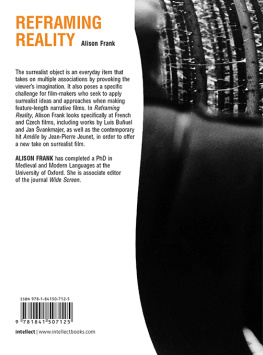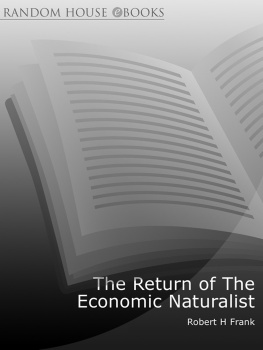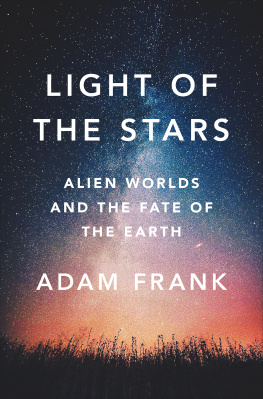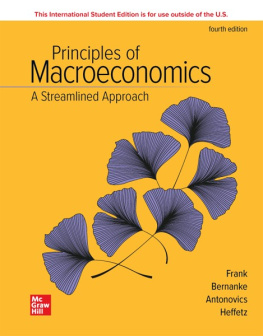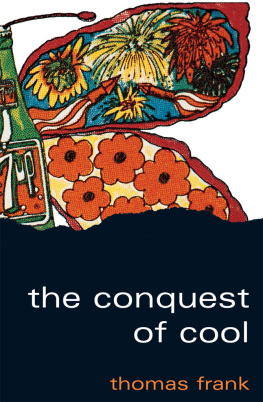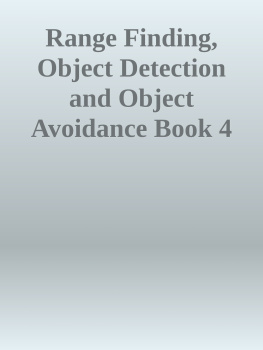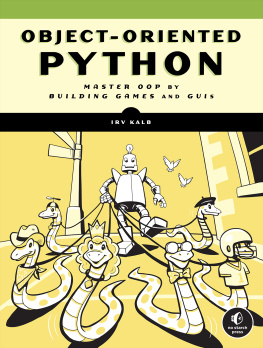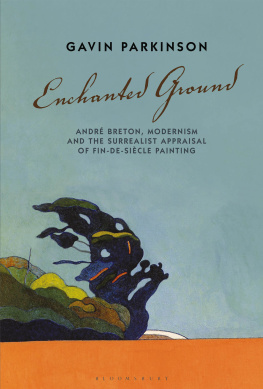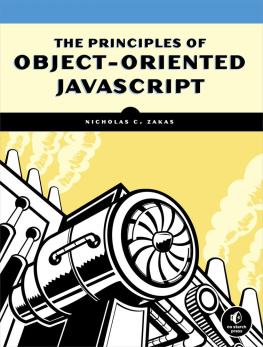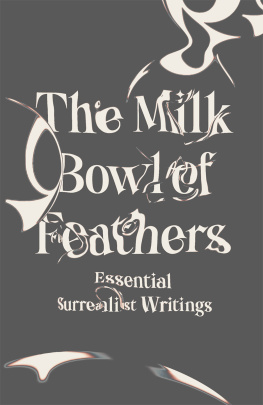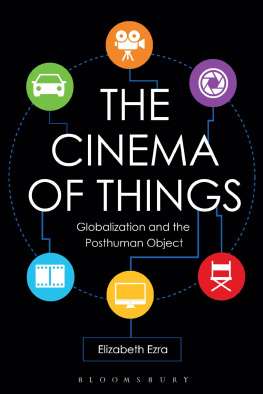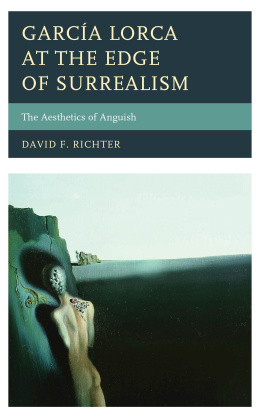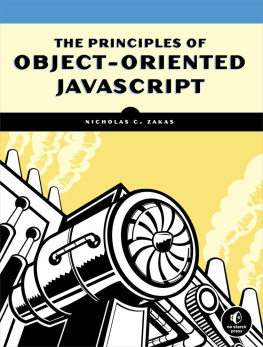
First published in the UK in 2013 by
Intellect, The Mill, Parnall Road, Fishponds, Bristol, BS16 3JG, UK
First published in the USA in 2013 by
Intellect, The University of Chicago Press, 1427 E. 60th Street,
Chicago, IL 60637, USA
Copyright 2013 Intellect Ltd
All rights reserved. No part of this publication may be reproduced, stored in a retrieval system, or transmitted, in any form or by any means, electronic, mechanical, photocopying, recording, or otherwise, without written permission.
A catalogue record for this book is available from the British Library.
Cover designer: Ellen Thomas
Cover image: A Blonde in Love (1965) CBK/Filmov studio Barrandov/The Kobal Collection
Copy-editor: MPS Technologies
Index: Lyn Greenwood
Production manager: Jelena Stanovnik
Typesetting: Contentra Technologies
Print ISBN: 978-1-84150-712-5
ePDF ISBN: 978-1-78320-169-3
ePub ISBN: 978-1-78320-168-6
Printed and bound by Hobbs, UK
I would like to thank Reidar Due, my thesis supervisor at the University of Oxford, for his guidance and valuable advice. Michael Sheringham provided helpful insights in the early stages. My college adviser, Michael Hawcroft, was a source of friendly support throughout my studies. I specially wish to thank Xon de Ros and Dorota Ostrowska for their encouragement.
I am grateful to the Keble Association for their contribution towards my year abroad at the cole Normale Suprieure, and for supporting trips to Karlovy Vary (2008) and odz (2006), where I presented my research at the Rediscovering Polish Cinema conference. I would also like to thank Oxford Universitys Department of Medieval and Modern Languages for their support of the odz trip.
Vanya Murray, former film librarian at the Modern Languages Faculty Library, was of great help in obtaining the necessary books and films. Thank you also to Jelena Stanovnik at Intellect for her enthusiasm and dedication.
I wish to express my gratitude to Diane Watson for including films as part of her English class at Branksome Hall, and to Bart Testa for his comprehensive and inspiring Introduction to Film course at the University of Toronto.
Thank you to Mio Tatalovi for unwavering encouragement throughout my postgraduate career. Finally, I would like to thank my parents, Barbara and Richard Frank, to whom this book is dedicated, for supporting my studies wholeheartedly from the very beginning.
Parts of Chapter 3 have been published previously in modified form. The section on Vra Chytilov was reworked into an article, Formal Innovation and Feminist Freedom: Vra Chytilovs Daisies, first published in CineAction no. 81 (2010), 4649. The sections on Milo Forman, Ivan Passer and Ji Menzel formed the basis of the peer-reviewed article, Czech Surrealism and Czech New Wave Realism: The Importance of Objects in Kinema: A Journal for Film and Audiovisual Media no. 36 (Fall 2011), 3958.
Academic accounts of surrealism and cinema have tended to define the relationship between them either very narrowly or quite broadly. Accounts from the 1970s and 80s by authors such as J. H. Matthews, Linda Williams, Steven Kovcs and Alain and Odette Virmaux have focused primarily on the early work of Luis Buuel (Un Chien andalou, 1929 and Lge dor, 1930), and may include consideration of La Coquille et le Clergyman/The Seashell and the Clergyman (1928), the film made by cinematic impressionist Germaine Dulac for surrealist Antonin Artaud. They may also discuss Buuels later work, based on the argument that the director remained a surrealist all his life, and only needed the artistic freedom to express it. However, films influenced by surrealism but not directly related to the movement receive far less attention, if any.
By the 1990s, the focus was beginning to broaden: Ramona Fotiade, for example, made a convincing case for the cultural influence of surrealism in postmodern French cinema, specifically Jean-Jacques Beineixs 37 2le matin/Betty Blue (1986). In the 2000s, The Unsilvered Screen (edited by Graeme Harper and Rob Stone) and Michael Richardsons Surrealism and Cinema included chapters on Buuel but also argued for expanding the definition of surrealism in film to include examples taken from Hollywood, American classical animation, British cinema, documentary and works by directors such as David Lynch, Ral Ruiz, Walerian Borowczyk, Andrei Tarkovsky and Alejandro Jodorowsky.
Both narrow and broad approaches to defining surrealism in cinema correspond in different ways to the surrealists own approach. In terms of granting its official approval (and the accompanying label surrealist) to any film, the group was extremely selective, choosing only Buuels first two films: they rejected La Coquille et le Clergyman essentially because it defined itself as dream-based and distanced itself too radically from reality through the use of special effects. However, Ado Kyrous volume Le Surralisme au cinma (1963) was liberal in identifying what he called surrealist moments in a wide variety of examples of past and contemporary European and American films, from Fantmas (1913) to Russ Meyer.
Between the surrealist selectiveness of the 1920s and 30s and Kyrous efforts as a post-war spectator to discover surrealist moments in film lies the story of surrealisms troubled relationship with the medium. It was a story narrated by Andr Breton himself in his 1951 essay Comme dans un bois/As in a Wood: as a young man, he would spend his Sundays with his friend Jacques Vach, immersing himself in the pure pleasure of films pouvoir de dpaysement/power of defamiliarisation The surrealists were united by their admiration for Chaplins film comedy; for Henry Hathaways vision of the power of love in his 1935 film Peter Ibbetson; for Feuillades portrayal of the marvellous infiltrating the fabric of everyday reality; for, above all, cinemas general conduciveness to transgression of restrictive social and moral codes of behaviour and the limitations that they impose on the imagination.
As the surrealists formulated the principles of their own movement, they naturally looked to cinema as a powerful and popular modern medium through which they could communicate their ideas in a manner that would convince a wide audience of their relevance. Fundamental to this power was the fact that cinema was an art form which seemed most faithfully to reproduce life as it is experienced. The surrealists wanted to demonstrate that their revolution was not limited to the mind, and to do so they needed to prove that a revolution of the mind would have a real impact on everyday life. The source of the difficulties that the surrealists encountered with cinema, however, was the fact that their primary concern was the unconscious. They soon realised that it was impracticable to use cinema as a more vivid and immediate form than language for the expression of the directors unconscious; however, it would take longer for them to realise that it was almost equally difficult to use cinema as a means of influencing the audiences unconscious.
Breton as a young man had taken an unusually active role in creating his film experience, putting together a mental collage of the film fragments he had seen on his Sunday afternoon at the cinema. Kyrou, too, in Le Surralisme au cinma described a subjective approach to watching movies, citing Man Rays practice of obscuring his vision as a means of altering his experience of a film, or his own tendency to deliberately confuse his understanding of a film by recalling plots and characters from other films as he watched it. While the surrealists were arguably within their rights to believe that their own films did not require imaginative transformation in order to stimulate the viewer, they were perhaps over-ambitious in the specific effect that they hoped their films would have. They aspired to a cinema that would have a transformative effect on the viewer. Most mainstream cinema is primarily designed to entertain its audience, however, not transform them. Although cinema can present a new point of view, it is unlikely to bring about any radical revolution in the audiences perspective on the world. However quixotic it appears in retrospect, such a radical revolution was precisely the surrealists goal.
Next page
